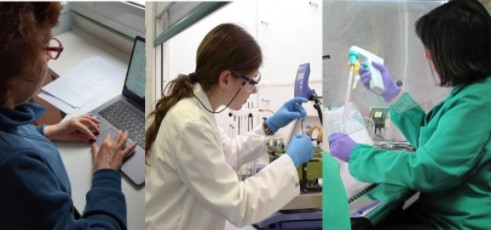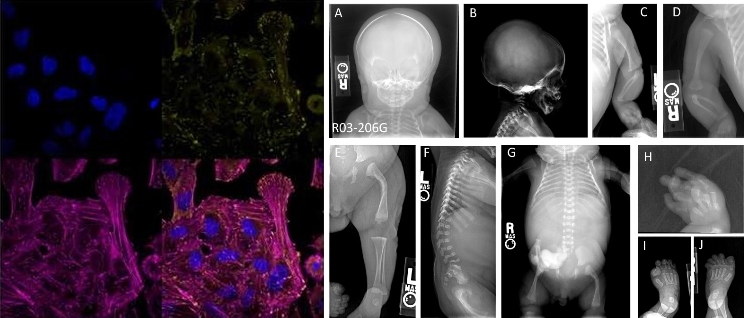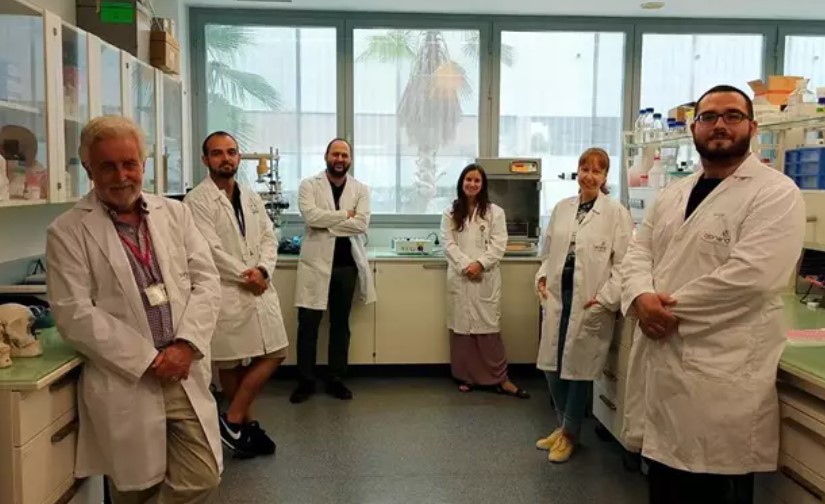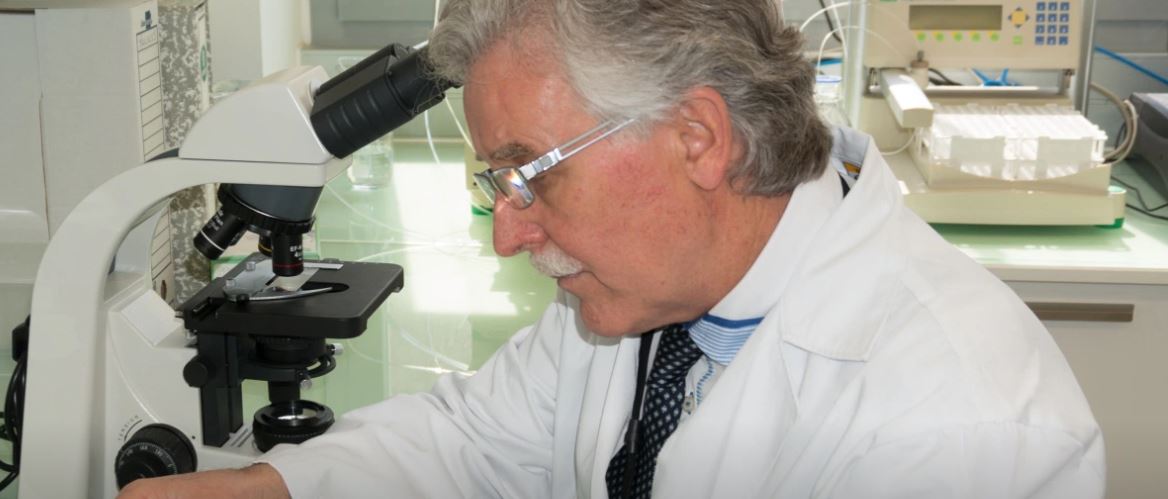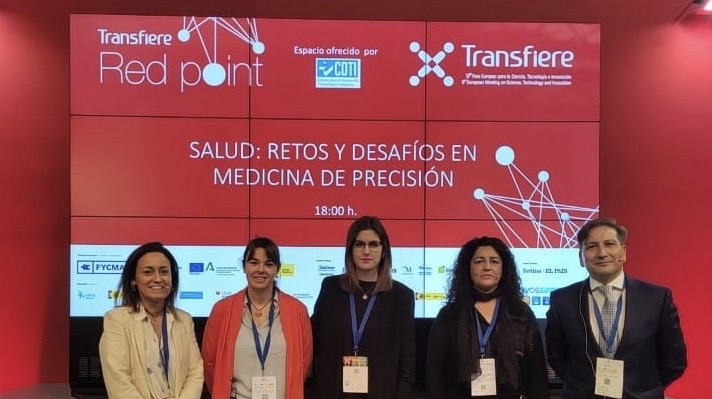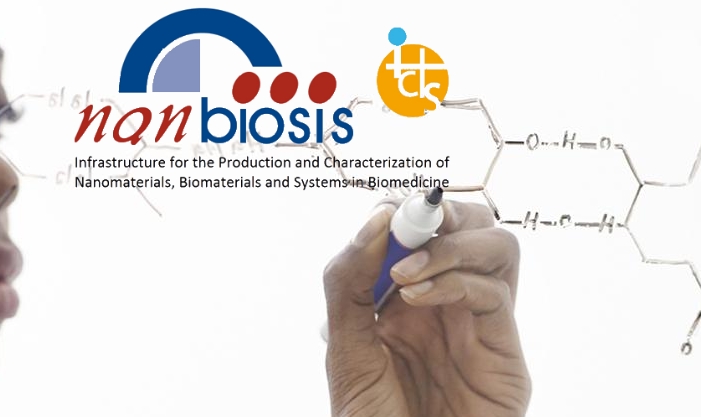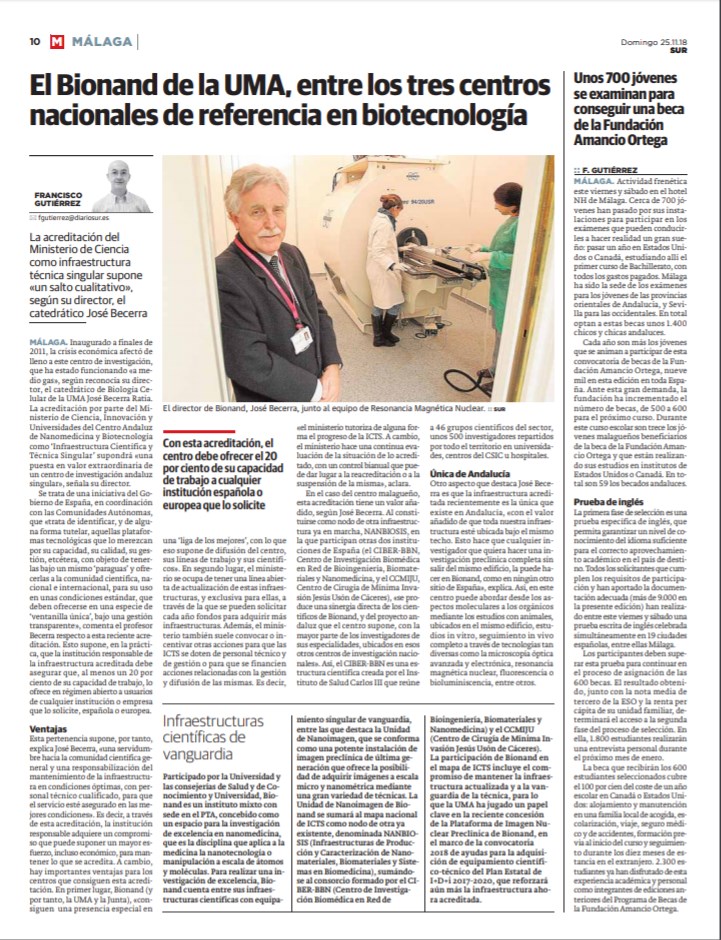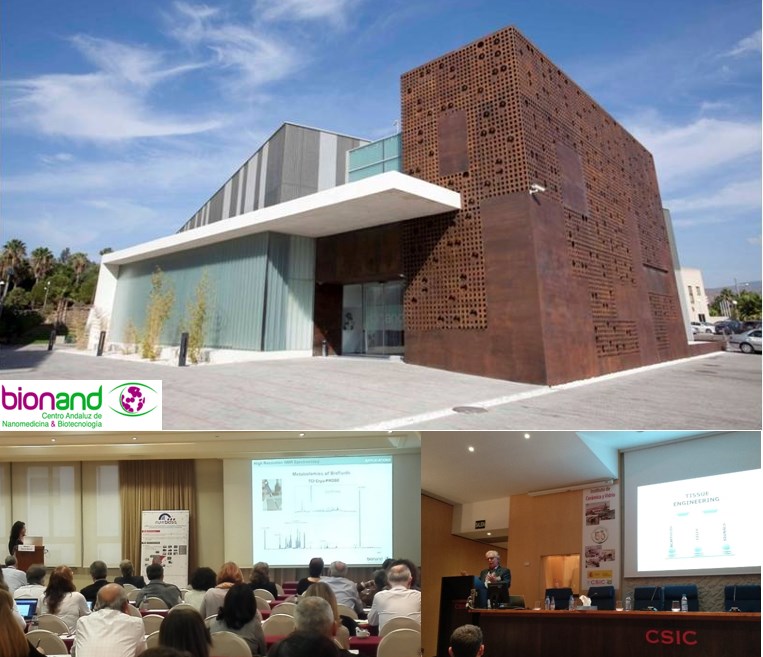Symposium Tribute to Prof. Pepe Becerra “40 years of the Bioengineering and Tissue Regeneration Laboratory (LABRET)”
Symposium on the occasion of the retirement of Prof. José Becerra Ratia: “40 years of the Bioengineering and Tissue Regeneration Laboratory (LABRET): tribute to Pepe Becerra”
We are pleased to inform about the Symposium organized by the LABRET group (Bioengineering and Tissue Regeneration Laboratory), University of Malaga, on the occasion of the retirement of Professor José Becerra.
The event will be held, only in person, on July 7 in the morning at the Faculty of Sciences of the University of Malaga
Download the program.
Prof. José Becerra was the Director of the Andalusian Center for Nanomedicine and Biotechnology (BIONAND) since February 2014, before the merger of Bionand and IBIMA (Biomedical Research Institute of Malaga) as IBIMA-Plataforma BIONAND. In fact, Prof, José Becerra took an important role in the incorporation of BIONAND into the ICTS NANBIOSIS till then integrated by Cento de Investigación Biomédica en Red (CIBER) in the area of Bioengineering, Biomaterial, and Centro de Cirugía de Mínima Invasión Jesús Usón, (CCMIJU) and he was also the first Director of the Unit 28 of NANBIOSIS.
In NANBIOSIS we want to show our gratitude to Prof. Becerra, with appreciation and admiration for his contribution to strengthening this ICTS.
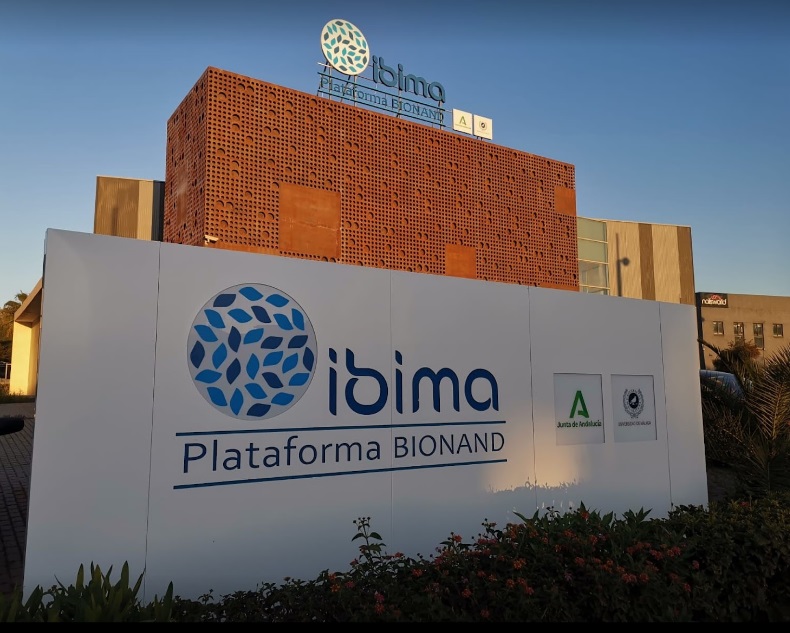
Related News:










